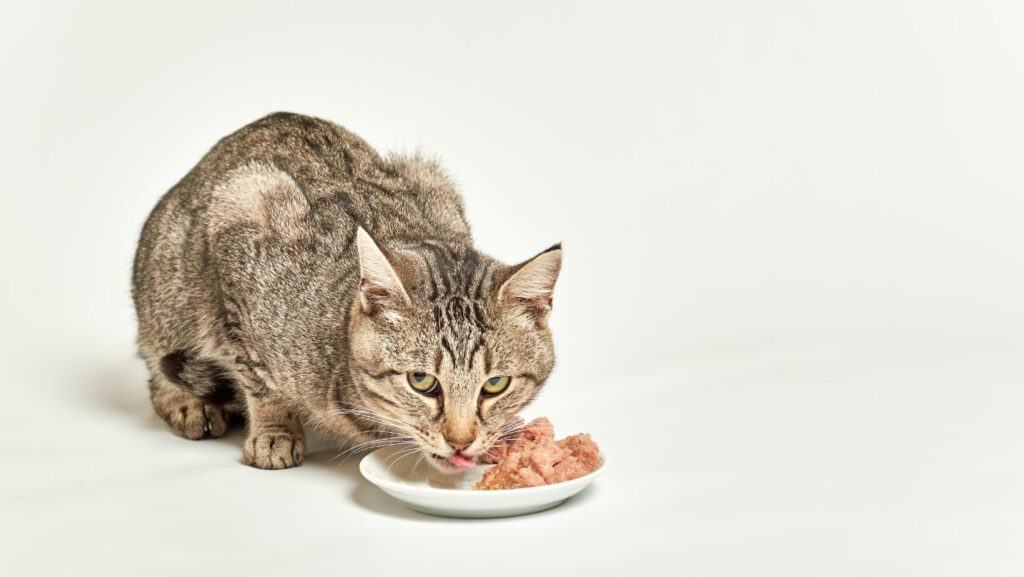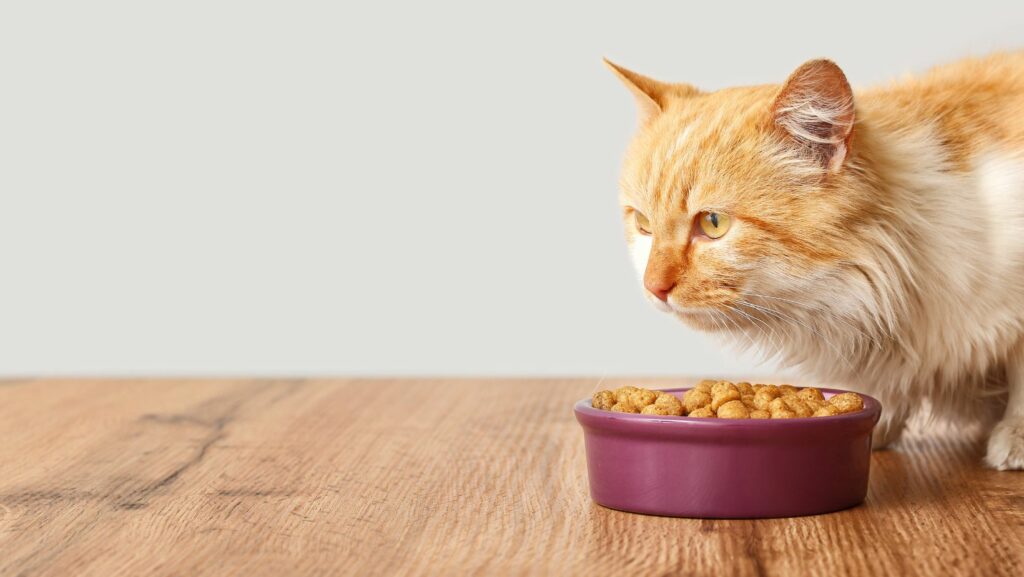As a lifelong cat enthusiast, I’ve always been captivated by the elegant beauty of grey cats. These stunning felines come in various shades from light silver to deep charcoal and possess unique personalities that make them exceptional companions.
Over my years of experience with all grey cat breeds, I’ve discovered that grey cats aren’t limited to just one or two varieties. From the regal Russian Blue to the gentle British Shorthair and the striking Nebelung, there’s a grey cat breed for every cat lover. Whether you’re searching for a playful companion or a calm cuddle buddy, I’ll help you explore the fascinating world of grey cat breeds that might just lead you to your perfect feline friend.
Key Takeaways
- Grey cat breeds come in various shades from light silver to deep charcoal, with the most popular breeds being Russian Blue, British Blue, and Chartreux
- Russian Blues feature blue-silver double coats and emerald green eyes, while British Blues have solid grey-blue coats with copper eyes, and Chartreux cats display woolly blue-grey fur
- Rare grey breeds include the Nebelung (“”creature of the mist””) with its long blue-grey coat and the Korat with its distinctive silver-blue shimmering appearance
- Grey cats can display different color patterns including solid grey (also called “”blue””) and various tabby patterns with distinct markings and stripes
- Regular grooming is essential for grey cats, with short-haired breeds needing brushing 2-3 times weekly and long-haired breeds requiring daily maintenance
- Most grey cat breeds adapt well to indoor living but need proper environmental enrichment including climbing spaces, window perches, and dedicated play zones
All Grey Cat Breeds
Here are the three most beloved all grey cat breeds, each with distinct characteristics that make them unique companions. These breeds consistently rank among the top choices for cat enthusiasts seeking grey felines.
Russian Blue
Russian Blues display a distinctive blue-silver double coat with plush, dense fur. Their emerald green eyes remain one of their most striking features, complemented by a medium-sized, muscular body frame. Russian Blues exhibit gentle temperaments, forming strong bonds with their families while maintaining a polite distance from strangers. These intelligent cats adapt well to apartment living, showing natural grace in their movements.
British Blue
British Blues showcase a solid grey-blue coat with a crisp, plush texture. Their round faces feature prominent “”teddy bear”” expressions, characterized by copper or golden eyes. These stocky cats possess thick necks, broad chests, and short, dense fur that feels like velvet. British Blues demonstrate calm, patient personalities, making them excellent companions for families with children or other pets.
Chartreux
Chartreux cats sport blue-grey coats with woolly, water-resistant fur. Their distinctive features include round, copper-colored eyes and smiling expressions. These cats combine robust, muscular bodies with remarkable agility and precision in their movements. Chartreux cats display quiet, observant natures, communicating more through chirps and soft trills than traditional meows. They excel at adapting to various living environments while maintaining their independent spirits.
| Breed | Coat Type | Eye Color | Size |
|---|---|---|---|
| Russian Blue | Double, plush | Emerald green | Medium |
| British Blue | Short, dense | Copper/golden | Large |
| Chartreux | Woolly, water-resistant | Copper | Medium-large |
Rare Grey Cat Breeds
Grey cats with unique characteristics represent some of the rarest feline breeds worldwide, each displaying distinctive traits and appearances that set them apart from common household cats.
Nebelung
The Nebelung showcases a long blue-grey double coat with silver-tipped guard hairs. These elegant cats feature bright green eyes medium-sized muscular bodies that weigh 8-16 pounds. The breed’s name means “”creature of the mist”” in German, reflecting their mystical appearance. Nebelungs exhibit shy reserved personalities around strangers but form deep bonds with their family members through gentle affection displays.
Korat
The Korat originated in Thailand displays a distinctive silver-blue coat with a shimmering appearance. These cats possess large luminous green eyes heart-shaped faces that create their signature look. Adult Korats typically weigh 6-10 pounds maintain a compact muscular build. They’re considered symbols of good fortune in Thai culture demonstrate high intelligence through their problem-solving abilities playful interactions with their human companions.
| Breed | Weight Range | Eye Color | Origin |
|---|---|---|---|
| Nebelung | 8-16 lbs | Green | United States |
| Korat | 6-10 lbs | Green | Thailand |
Grey Color Patterns in Cats
Grey cats display distinct color patterns that create unique variations in their appearance. These patterns result from specific genetic combinations that affect melanin production in their fur.
Solid Grey
Solid grey cats showcase a uniform coat color without any markings or patterns. This coloration, also called “”blue”” in cat fancy terms, ranges from light silver-grey to deep charcoal. The Russian Blue exemplifies this pattern with its plush double coat in a consistent blue-grey shade, while the Korat displays a silvery-blue hue that appears to shimmer in natural light.
Grey Tabby
Grey tabby cats feature distinct striped patterns on their grey base coat. The tabby pattern appears in four variations:
- Mackerel tabby: Parallel stripes running down the sides
- Classic tabby: Swirling patterns creating a marble effect
- Spotted tabby: Dark grey spots scattered across a lighter grey base
- Ticked tabby: Alternating light and dark bands on each hair shaft
The pattern includes:
- Dark grey “”M”” marking on the forehead
- Striped legs and tail
- Spotted belly
- Dark grey spine line
- Ringed pattern around the chest
| Base Color | Pattern Color | Common Names |
|---|---|---|
| Silver | Dark grey | Silver tabby |
| Blue-grey | Charcoal | Blue tabby |
| Steel grey | Black | Grey classic tabby |
Care Tips for Grey Cats
Grey cats require specific care routines to maintain their distinctive coat color and overall health. I’ve compiled essential care guidelines based on extensive research and experience with various grey cat breeds.
Grooming Requirements
All grey cat breeds coats need regular maintenance to preserve their striking appearance. I recommend brushing short-haired grey cats 2-3 times weekly with a steel comb to remove loose fur and distribute natural oils. Long-haired grey breeds like the Nebelung require daily brushing with a slicker brush to prevent matting and reduce hairballs. Here’s a breakdown of specific grooming tasks:
- Brush teeth twice weekly using cat-specific toothpaste
- Clean ears monthly with a veterinary-approved solution
- Trim nails every 2-3 weeks using proper cat nail clippers
- Bathe every 8-12 weeks with grey coat-specific shampoo
- Remove eye discharge daily using a damp cotton pad
Health Considerations
Grey cats face specific health challenges that require monitoring. The following table outlines common health concerns and their prevalence in grey cat breeds:
| Health Issue | Affected Breeds | Prevalence Rate |
|---|---|---|
| Polycystic Kidney Disease | British Blue | 38% |
| Progressive Retinal Atrophy | Russian Blue | 12% |
| Hypertrophic Cardiomyopathy | Chartreux | 15% |
| Respiratory Issues | British Blue | 25% |
- Schedule bi-annual veterinary check-ups
- Monitor weight through monthly weigh-ins
- Track eating habits using measured portions
- Check coat regularly for skin issues
- Test annually for genetic conditions
- Update vaccinations per veterinary schedule
Best Living Environments for Grey Cats
Grey cats adapt to various living spaces, with specific environmental requirements based on their breed characteristics. Here’s a detailed breakdown of optimal living conditions:
Indoor Spaces
- Vertical spaces with cat trees reaching 6 feet tall for active breeds like Russian Blues
- Window perches with outdoor views for observant breeds like Chartreux
- Quiet corners with cozy beds for shy breeds like Nebelungs
- Climate-controlled environments between 65-75°F for double-coated breeds
Space Requirements
| Breed Type | Minimum Space | Ideal Setup |
|---|---|---|
| Active Breeds | 500 sq ft | Multiple climbing areas |
| Laid-back Breeds | 400 sq ft | Ground-level lounging spots |
| Social Breeds | 600 sq ft | Open floor plans |
Environmental Enrichment
- Scratching posts in high-traffic areas
- Interactive toys in dedicated play zones
- Multiple feeding stations separated from litter areas
- Sound-dampening spaces for sensitive breeds like Korats
Safety Considerations
- Secured balconies with mesh screens
- Covered electrical cords
- Locked cabinets for cleaning supplies
- Enclosed outdoor spaces (catios) measuring 8×8 feet minimum
- Separate feeding areas for each pet
- Multiple litter boxes following the n+1 rule (one more box than cats)
- Individual resting spaces
- Designated territory markers through scratching posts
These environmental setups support grey cats’ natural behaviors while maintaining their physical health social needs.
Grey Cats
Grey cats are truly remarkable creatures that bring unique charm and character to any home. From the regal Russian Blue to the gentle Chartreux I’ve covered all the major grey breeds and their distinctive traits. Whether you’re drawn to a playful British Blue or a sophisticated Nebelung there’s a grey cat breed that will perfectly match your lifestyle.
Remember that choosing a cat is a long-term commitment. I encourage you to consider the specific needs personality traits and care requirements of each breed before making your decision. With proper care and attention your grey feline friend will reward you with years of love companionship and those stunning silver-grey coats that make them so special.


